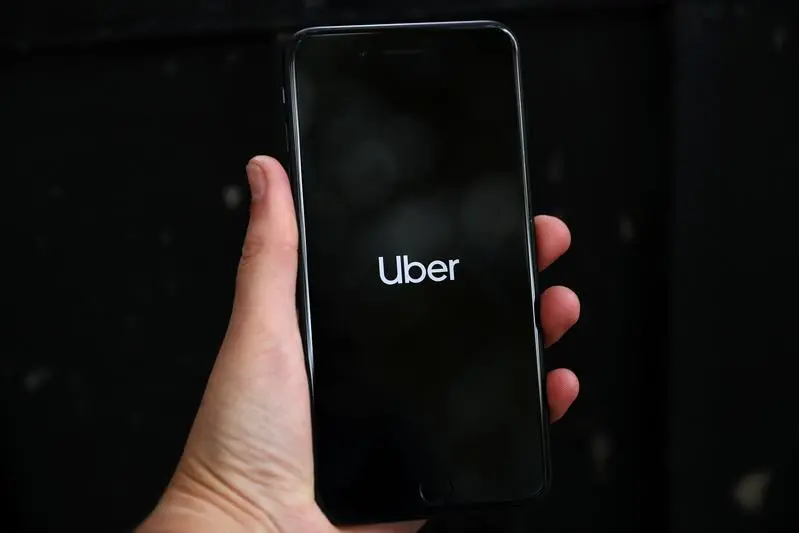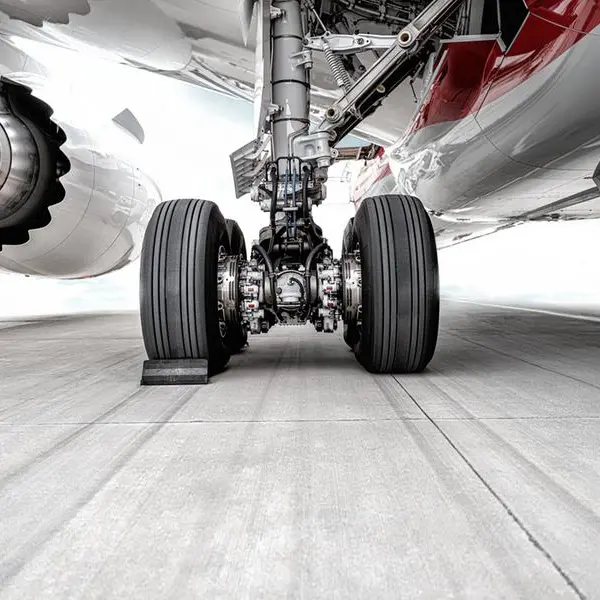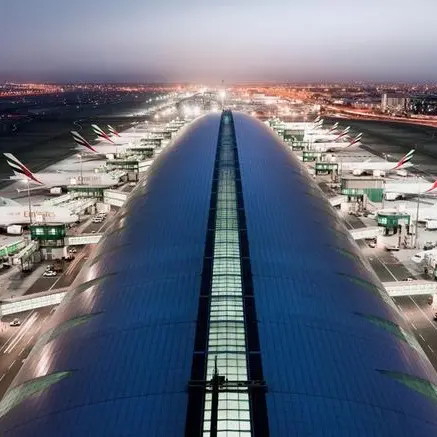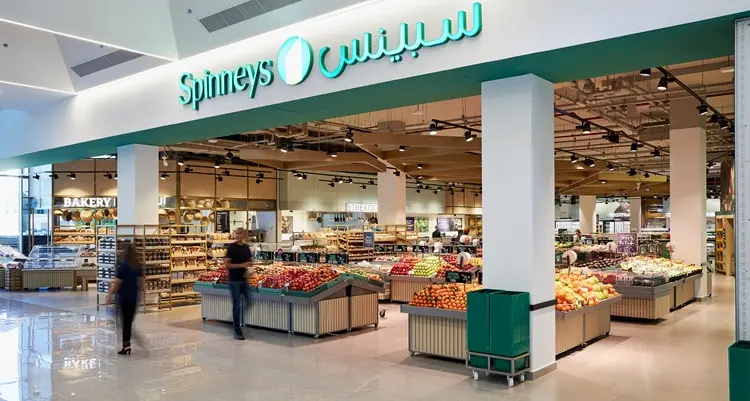PHOTO
NEW YORK - Uber Technologies' ambitions appear too high and wide. The ride-hailing app says its target market for mobility, meal delivery and freight is worth 5 percent of global GDP. Yet that potential attracts fierce competition, which explains the company’s massive losses and stalling growth.
As with many tech unicorns, Uber’s story has always been about tremendous growth. The company’s prospectus estimates the near-term opportunity in countries where it competes at $4.5 trillion. It even touts a total addressable market - which includes private car trips, public transportation and meals eaten in restaurants - nearly three times as large. The company clearly hopes this opportunity will attract investors to its offering.
Yet this potential is generating increasingly little in terms of growth, and no profit. Uber’s preferred top-line metric, core platform adjusted revenue, subtracts driver incentives, legal and other fees, and divested operations. The tally in the fourth quarter was $2.5 billion, up just 13 percent from the same period last year - a mediocre performance for a cash-burning firm trying to take on the world. More alarming is that the figure shrank slightly from the preceding quarter while the company’s losses, on an adjusted EBITDA basis, are widening.
Uber’s best hope for profitability is to turn more money from bookings into revenue by paring back incentives as markets mature and its own brand becomes established. However, ride-sharing competition has heated up. In the United States, for example, rival Lyft rapidly scaled up its ambitions and investment during Uber’s crisis in 2017. Yet it too is chalking up heavy losses, which probably explains why its shares are now trading nearly 20 percent below last month’s IPO level.
Delivering meals is proving just as tough as the firm is cutting fees to attract big customers while rival services are proliferating in India and America. Uber acknowledged that cumulative incentive payments to drivers of its Uber Eats service have historically exceeded the fees consumers pay.
Uber may be big, but it’s far from alone – and the competition isn’t going away anytime soon. That suggests the company’s reach may exceed its grasp.
CONTEXT NEWS
- Ride-hailing app Uber Technologies filed a draft prospectus with the U.S. Securities and Exchange Commission on April 11. The company is seeking a valuation of between $90 billion and $100 billion, Reuters reported on April 10. It was valued at $76 billion in its last fundraising in the private market in 2018.
- The company’s core adjusted net revenue was $2.5 billion in the fourth quarter of 2018, compared with $2.6 billion in the third quarter and $2.2 billion in the fourth quarter of 2017. The company’s negative adjusted EBITDA widened to $817 million in the fourth quarter from $458 million in the preceding three months and $561 million in the same period a year earlier.
(Editing by Tom Buerkle and Martin Langfield)
© Reuters News 2019












